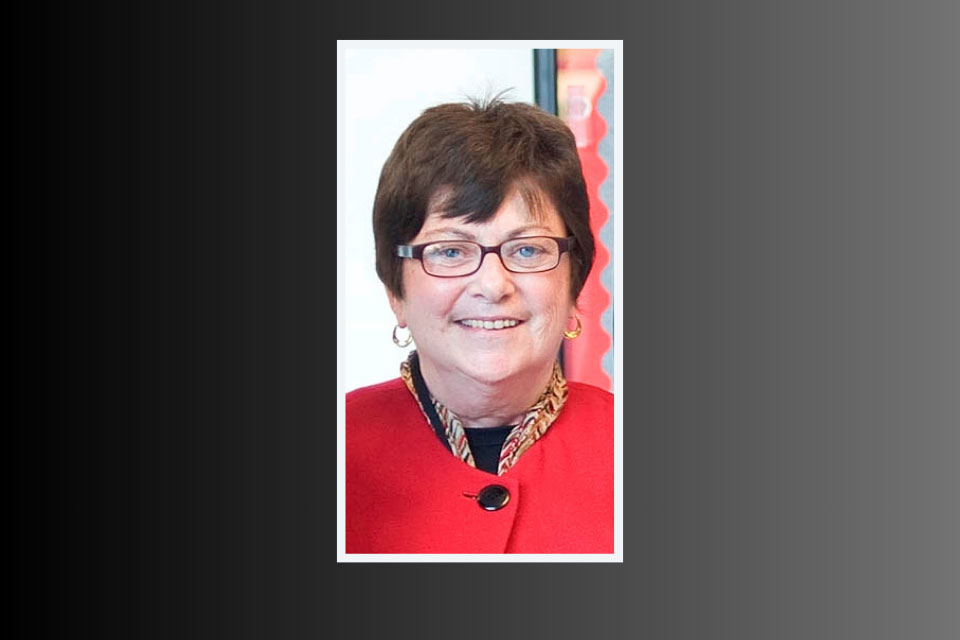Leading Drug Epidemiologist Endorses New Psychotropic Guidelines for Youth
University of Maryland School of Pharmacy professor welcomes guidelines to ensure better child safety and reduce the risk of inappropriate prescriptions.
By Steve Berberich
October 21, 2009
The increased use as well as heightened promotion of psychotropic drugs to American children and adolescents in the past 20 years has led to a “welcomed” set of new guidelines for clinicians to ensure better child safety and reduce the risk of inappropriate prescriptions, according to a professor at the University of Maryland School of Pharmacy.
Julie Zito, PhD, a professor of pharmaceutical health services research, said that “Practice Parameter on the Use of Psychotropic Medication in Children and Adolescents,” published in the September 2009 issue of the Journal of the American Academy of Child and Adolescent Psychiatry is “a welcome addition” to clinical practices because “it presents a more comprehensive framework for medication treatment. Most authoritative opinion has rested largely on evidence for effectiveness and safety from short-term published proprietary clinical trials.”
Psychotropic medications act on the central nervous system to temporarily alter thinking, emotion or behavior. But their impact on improved functioning for youth (e.g. advancing academic performance and improving social relationships) is not well established. According to the article, the purpose of the new parameter is to promote the appropriate and safe use of psychotropic medications in children and adolescents with psychiatric disorders by emphasizing the best practice principles that underlie the prescribing of medication.
In a commentary in the October 2009 edition of The Brown University Child and Adolescent Psychopharmacology Update, Zito and Daniel Safer, MD, wrote that principles in the new parameter “happily” take a wider framework, “emphasizing the context of care in terms of psychosocial treatments, family characteristics, and the school environment.” Safter is an associate professor at Johns Hopkins University School of Medicine.
Zito and Safer underscore the call for caution to ensure that: drug regimens are not too complex for the family environment (e.g., in terms of parent understanding or economic stress); a poor response to the initial medication trial is reassessed; and there is a clear rationale for using medication combinations, implying that combinations should be avoided unless they can be adequately justified and monitored.
“After reviewing this thoughtful, noble effort, two looming questions remain,” wrote Zito and Safer. “When will we empirically establish the benefit of following such good practices? And, why not then make this a standard of practice? Why be ambivalent about quality standards?”
Zito has published many studies on the increased use of psychotropic drugs in youth. In a 2000 study of health care claims data by patients under the age of 19, Zito and colleagues found that 6.7 percent of American children had been prescribed some form of psychotropic medication, compared to 2.9 percent of Dutch children and 2 percent of German children.
In another study, the team examined records from Texas children with Medicaid coverage, the latest in a series of analyses of state Medicaid records, and found that foster care youth received at least three times more psychotropic drugs than comparable children in poor families. In addition, they found that psychotropic medication combinations are frequently used to treat youth in foster care, a disturbing finding because in many instances, the effectiveness and safety of the pharmaceuticals in these complex combinations have not been established for youth.



